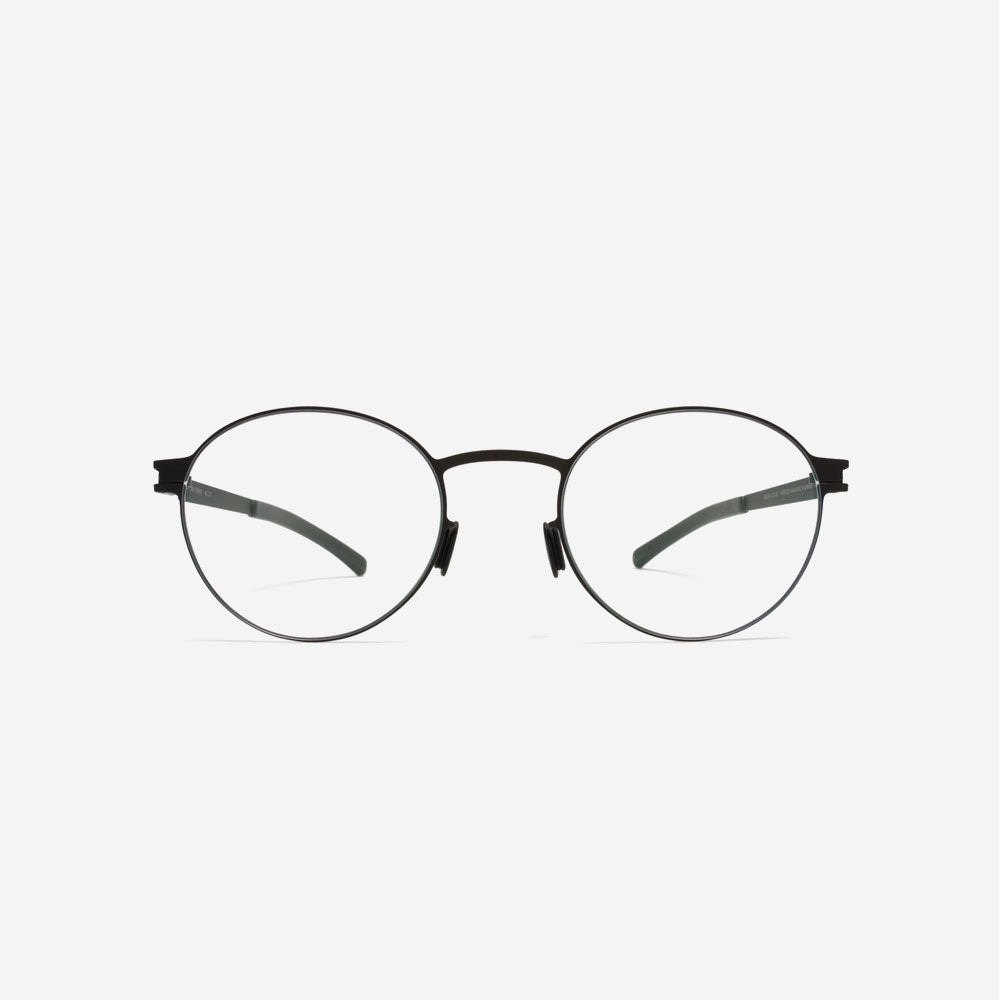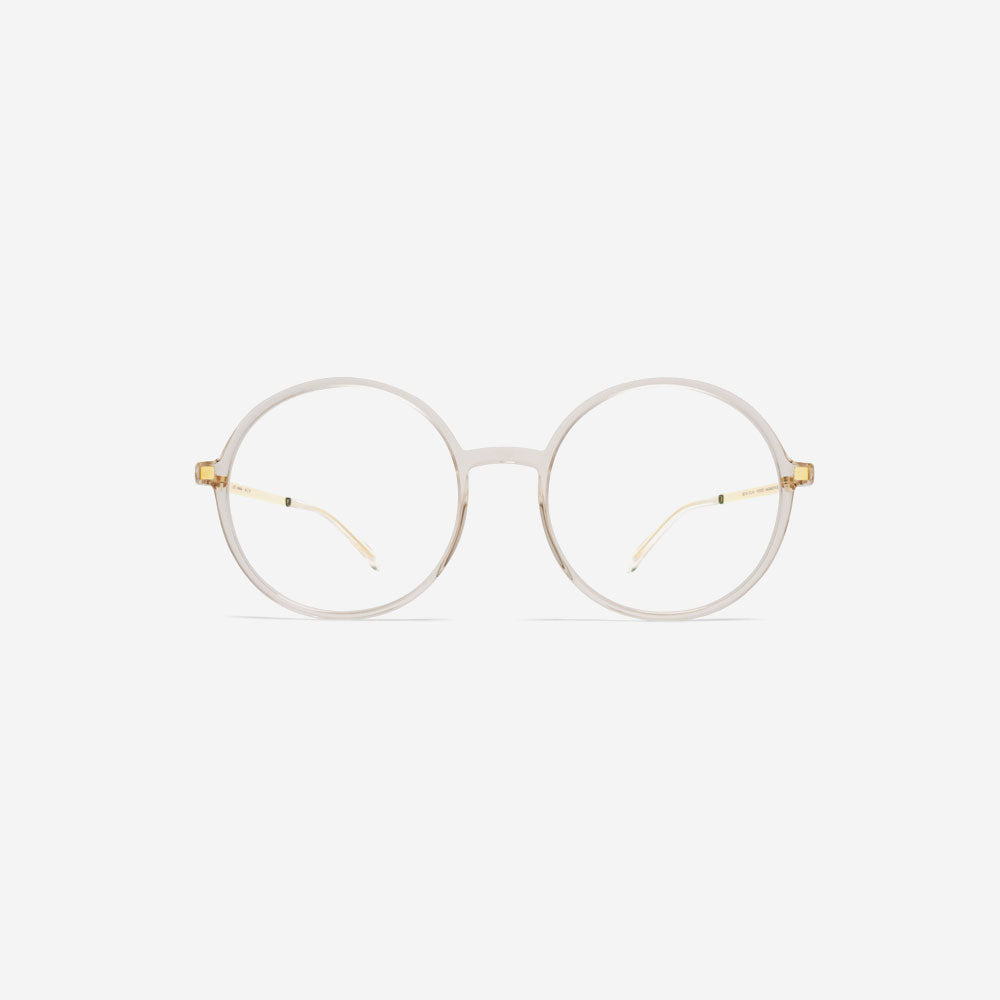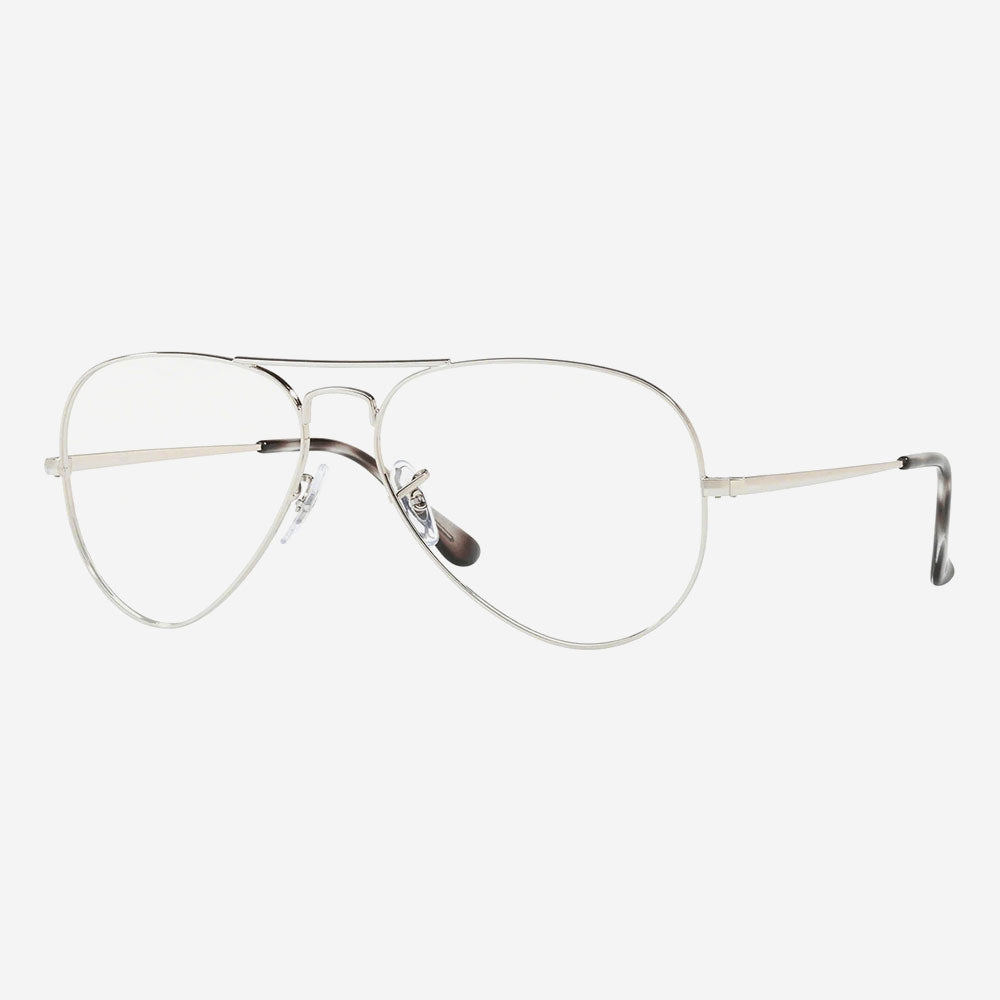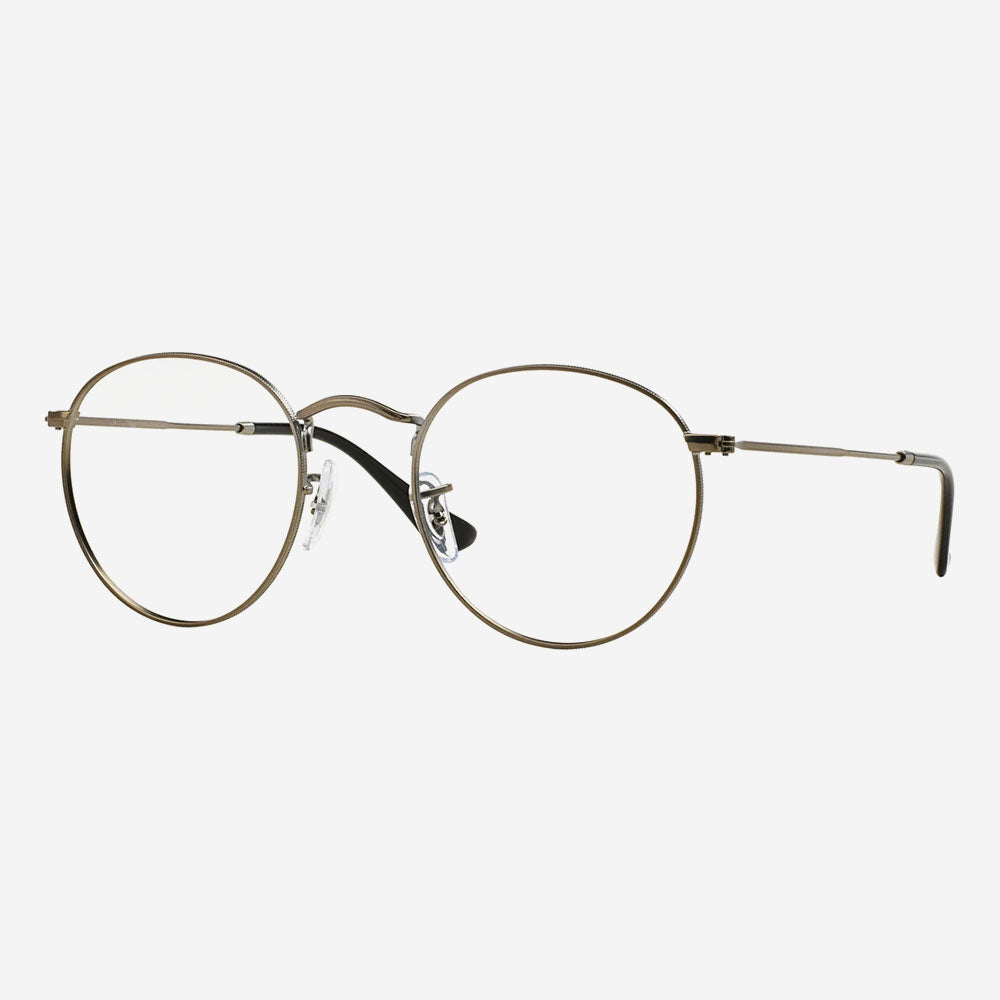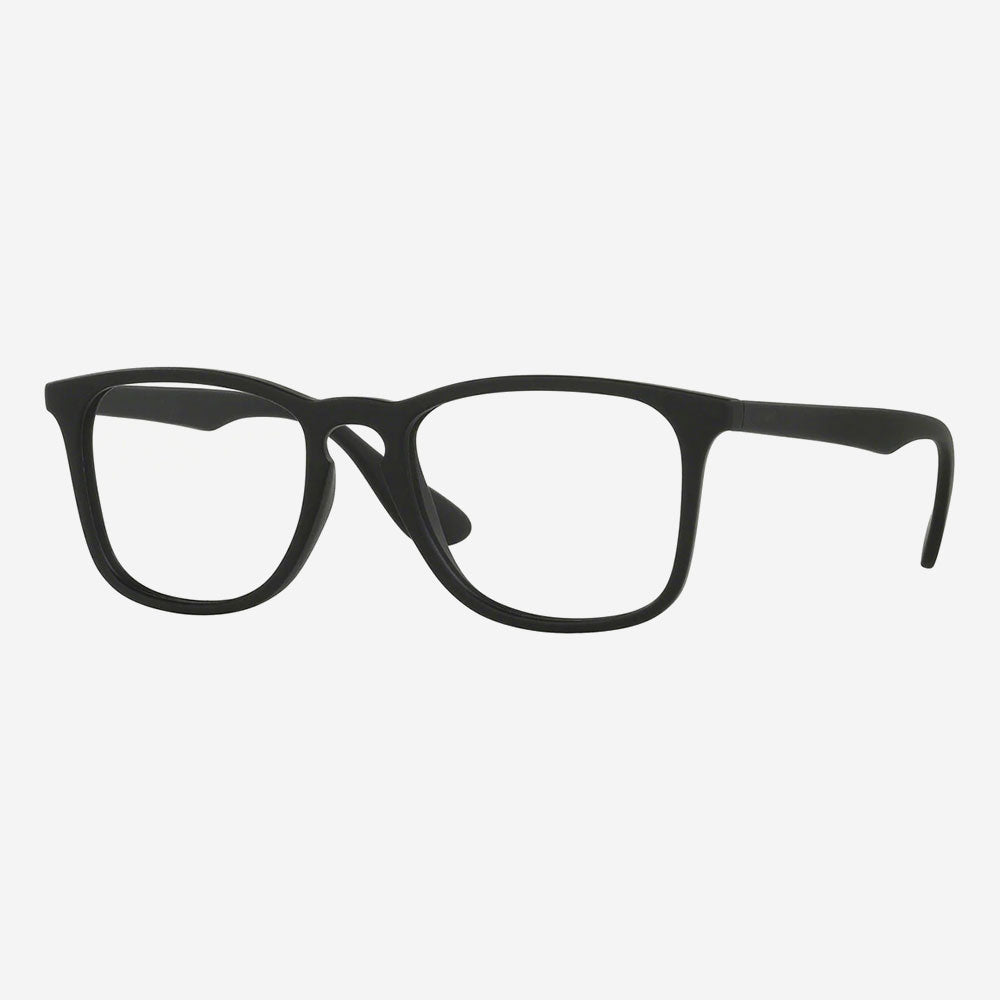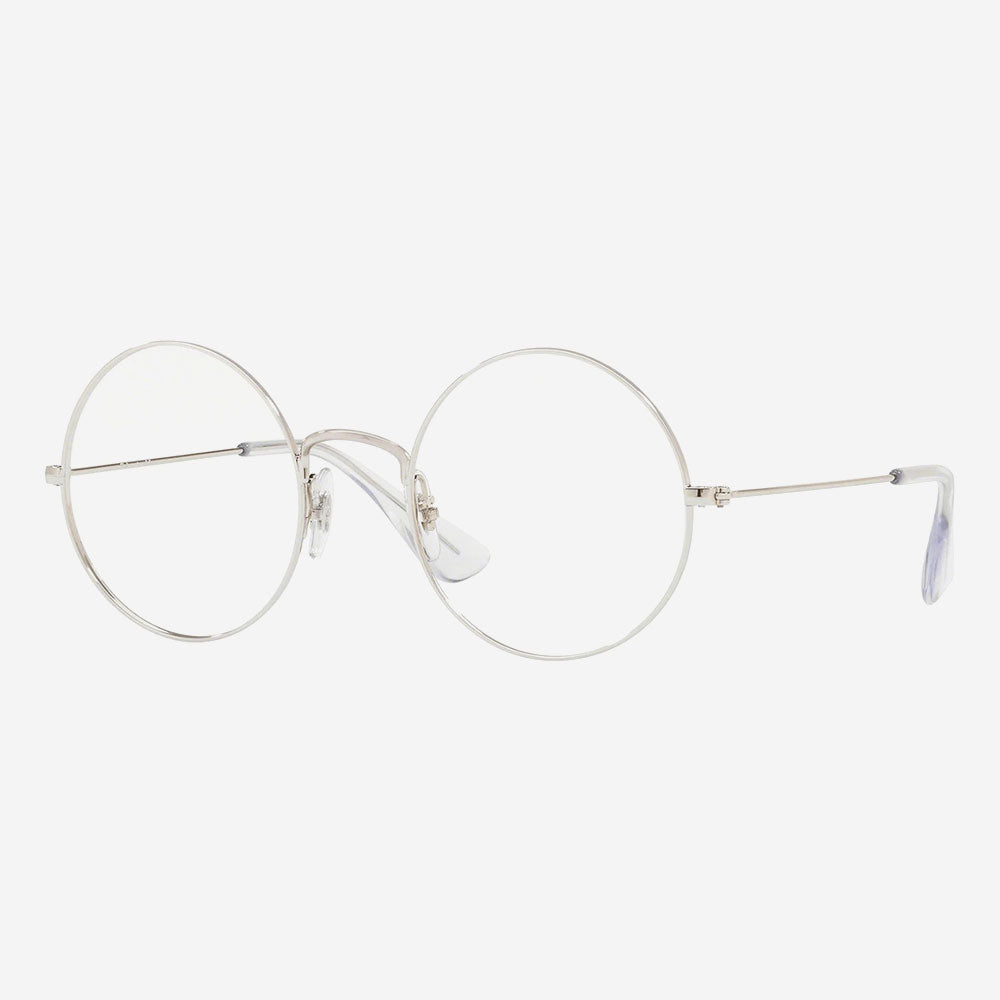
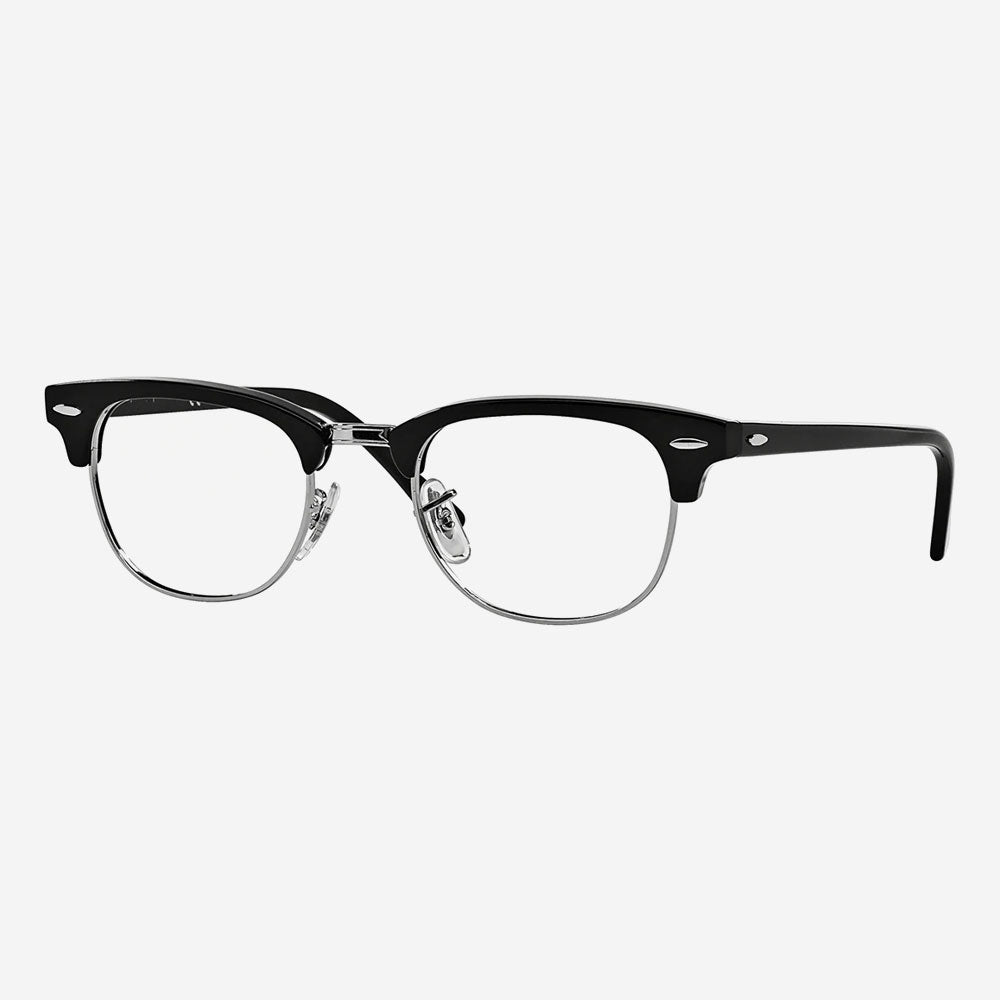


Irene Royal Product
Polarized sunglasses always have been very popular among people who spend a lot of time near water. And for good reason — polarized lenses block glare from light reflecting off the surface of the water better than any other types of sunglass lenses.
But sunglasses aren't just for people who love boating, fishing or going to the beach. Anyone who is bothered by glare outdoors can benefit from these advanced sunglass lenses.
Polarized sunglasses can be helpful for driving, too, because they reduce glare-causing reflections from flat surfaces, such as the hoods of vehicles and light-colored pavement.
Some light-sensitive people, including someone who has had cataract surgery, also will benefit from polarized sunglasses.
How do polarized lenses work?
Sunlight scatters in all directions. But when it strikes flat surfaces, the light that is reflected by the surfaces tends to become polarized — meaning the reflected light beams travel in a more uniform (usually horizontal) direction. This creates an annoying and sometimes dangerous intensity of light that causes glare and reduces visibility.

Polarized sunglasses provide superior glare protection — especially on the water.
Polarized lenses have a special filter that blocks this type of intense reflected light, reducing glare and discomfort.
Though polarized sunglass lenses improve comfort and visibility, you may encounter some instances when these lenses aren't advisable. One example is downhill skiing, where you actually want to see the bright patches of reflected light because they alert you to icy conditions.
Also, polarized lenses reduce the visibility of images produced by liquid crystal displays (LCDs) found on some digital screens, such as bank automatic teller machines (ATMs) and gas station pumps.
With polarized lenses, you also may find it more difficult to see the screen on your phone (depending on the type of screen technology used).
Boaters and pilots also may experience similar problems when viewing LCD displays on instrument panels, which can be a crucial issue when it comes to making split-second decisions based strictly on information displayed on a screen.
Despite these exceptions, polarized sunglasses offer great advantages when it comes to decreasing eye strain and discomfort in bright sunlight.
Polarized sunglasses: Other considerations
Polarized sunglasses with progressive lenses are a great choice for people over age 40 who spend significant time outdoors.
And polarized sunglasses with photochromic lenses are a great choice for anyone who is frequently in and out of the sun on any given day.
And because polarized lenses reduce reflections from water, they significantly improve your ability to see objects below the surface of a lake, stream or the ocean (a great benefit for both fishing and boating ).
For the best comfort and performance with any polarized sunglasses, ask your eye care professional about having anti-reflective coating applied to the backside of the lenses. This will eliminate distracting reflections from the back surface of your sunglasses when the sun is behind you.
Try them today
The first step to getting the best vision possible with polarized sunglasses is to schedule an eye exam.
NEED AN EYE EXAM? Find an eye doctor near you and make an appointment.
If you have even a small amount of refractive error, correcting your outdoor vision with prescription polarized lenses will help you see as clearly and comfortably as possible in bright sunlight.

